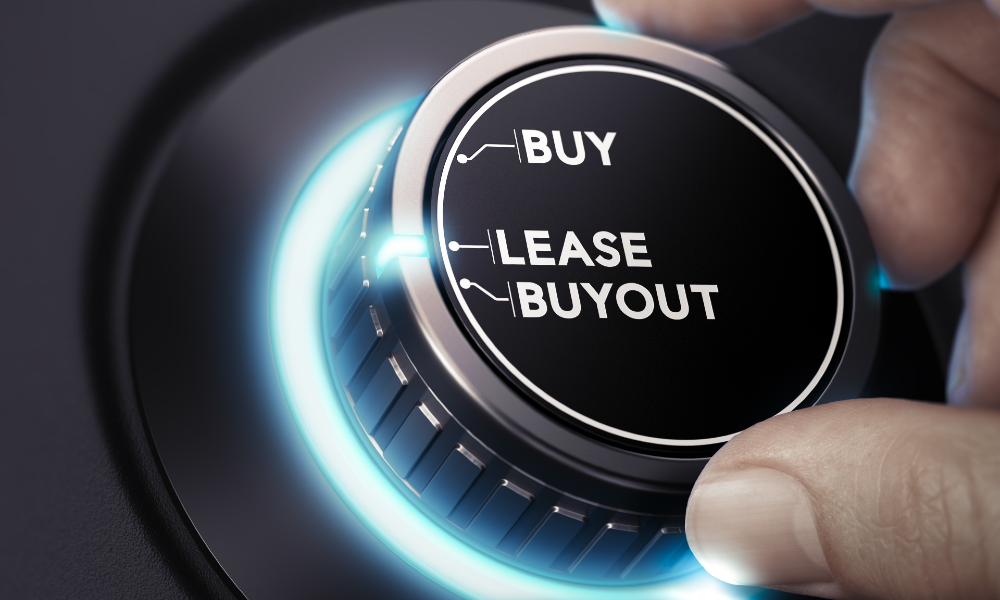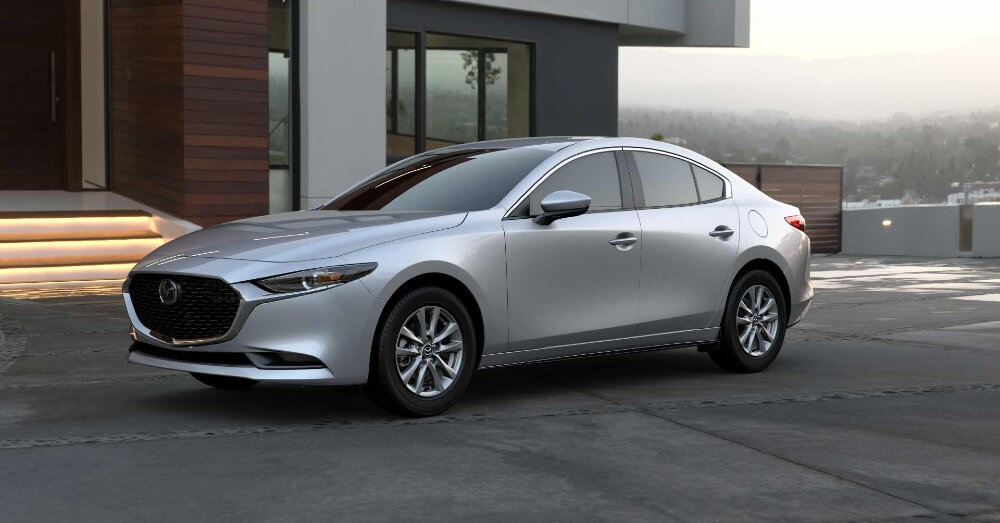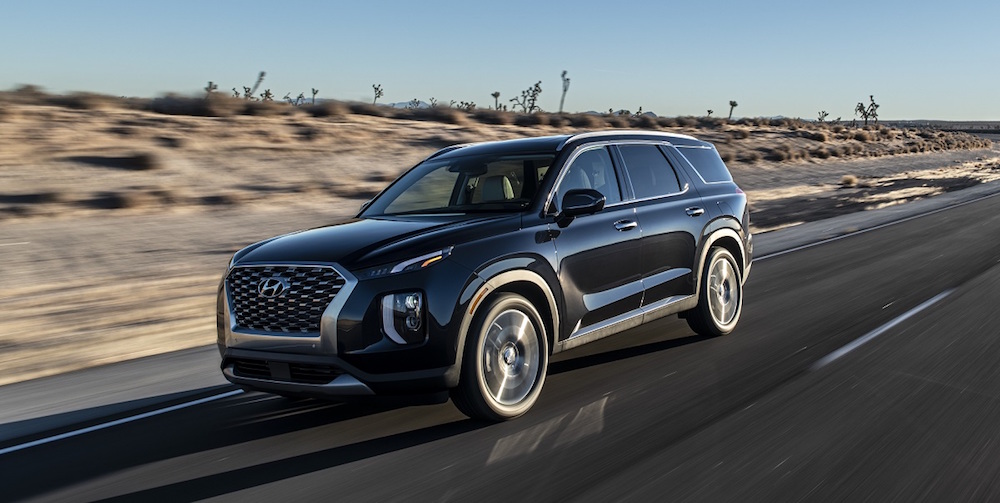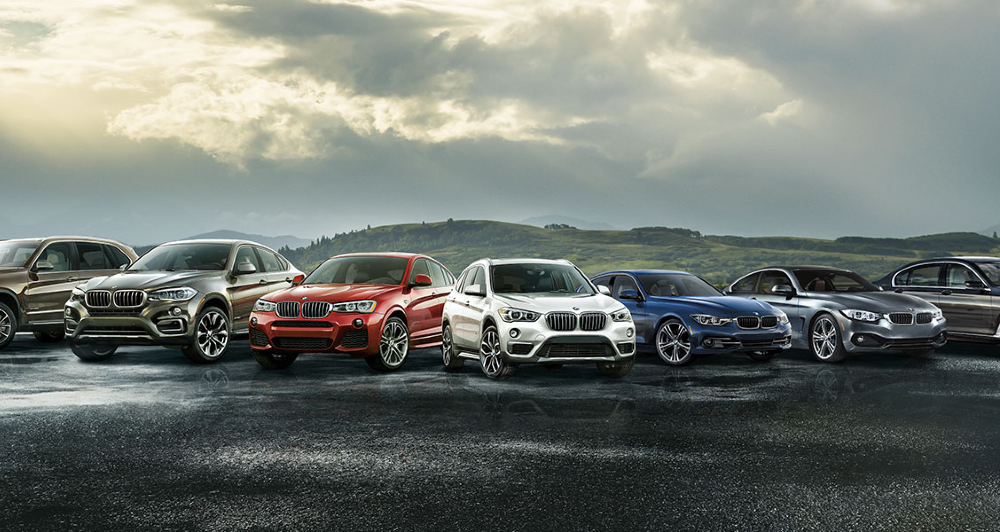
10 Things to Consider Before Leasing a Vehicle
Do you know what it means when leasing a vehicle? Is this an option you want to pursue, or has someone talked you into it?
When it’s time to find a new vehicle to drive, there are many to choose from, but there are also many financing options to select from as well. A lease program is only one of those options. Not everyone is cut out to buy a vehicle, but not everyone should lease a car either. Let’s go over some of the things to consider, and then you can decide if you should lease or buy.
1. The Lease: What is It?
When you sign for a place to live, and you’re renting the home, you sign a lease agreement. That’s not the same thing as a lease program for a vehicle, is it? We associate renting a car with places like Enterprise, Alamo, and Hertz, where we can rent one of their vehicles for a day, a week, or a little longer. The same is partially true with a leased vehicle. When you’re in a lease program, the car is yours, but only for a specified time.
2. Payments Are Lower than Buying
When you’re leasing a vehicle, the monthly payments are lower than when you purchase that same car. The reason for this is that you’re paying the estimated difference between the price of the car initially and the value at the end of the lease. Technically, you’re paying the depreciation of the vehicle. These payments are much lower than what you’d pay when buying because then you’d be paying for the entire vehicle.
3. Leasing Can Keep You from Being Upside Down
Being upside down in a car loan is a term used when you owe more for the remainder of the vehicle loan than what it’s worth. If you know that you want a new vehicle every three to four years, a lease program could be right for you. On the other hand, if you like to drive your vehicles well beyond the life of the loan, you should buy a vehicle. When you lease, you’ll never be upside down because you’ll return the vehicle to the dealership at the end of the lease term.
4. What’s Your Credit Score?
Before you ever worry about leasing a vehicle, you should find out if you would even qualify for a lease program. Typically, car leases are reserved for people with good or perfect credit. The lending company is loaning you the car to use during the lease period, and they want to know you will pay the lease every month. A good credit score tells the lender that you’re a good risk. A bad credit score will likely disqualify you from a lease program altogether.
5. Avoid High Up Front Costs
Often, when a low lease rate is advertised, it comes with a lot of fine print. Part of that fine print is a high initial fee to get into the lease program. If you’re asked to pay more than $2,000 upfront, it’s not a good deal for you. Thankfully, some lease programs are advertised with no money down and low payments; these are the best programs to look for when leasing a vehicle.
6. Gap Insurance is Necessary With a Lease
Gap insurance is used to cover the difference between the value of a vehicle and what you owe on it when it’s wrecked. We can’t assume you won’t be in an accident, and if the car is totaled, there could be a portion of the lease still owed to the leasing company. This difference is covered by gap insurance, which makes this insurance worth the extra cost. If you don’t get the gap insurance, you’ll be stuck with a bill and still won’t have a car to drive.
7. How Far Can You Drive?
One of the biggest sticking points with a car lease is that you’re limited on the number of miles you can drive. Many car leases allow for 10,000 to 15,000 miles per year during the lease, and that’s typically plenty for most drivers. Of course, if you want to take the car on multiple road trips, you might want to have a second car as your daily driver. The miles add up pretty fast when you have to drive every day. Any miles above the contracted number you’ll have to pay for at the end of the lease.
8. Know the Residual Value of the Vehicle
If you’re leasing a vehicle to keep your monthly payments low and save up to pay for a car after the lease, maybe you should buy the car you’re driving. The residual value is quoted in the lease contract, and it’s non-negotiable on both sides. If that number looks like something you want to pay for a used car, why not continue to drive the car you leased while new?
9. Ask About the Fees and Removing Some of Them
Try to improve your lease contract by negotiating some of the fees out of it. You won’t be able to reduce the acquisition or disposition fees, but you could negotiate for a lower or removed security deposit for the vehicle. Of course, your credit score and negotiating tactics will have a lot to do with how successful you are. Just remember, it never hurts to ask if these fees can be removed from the contract.
10. Don’t Lease Beyond the Factory Warranty
One of the greatest benefits of leasing a vehicle is to have it covered under the factory warranty the entire time. Many automakers now offer longer warranty periods, but some still have the standard three-year/36,000-mile warranty. Don’t lease a vehicle behind the time of the factory warranty. This is a sensible way to ensure you have the peace of mind you want whenever you’re on the road.
Will you choose leasing a vehicle, or will you be buying your next ride? Have you learned anything helpful that might make it easier for you to understand what a car lease entails?
This post may contain affiliate links. Meaning a commission is given should you decide to make a purchase through these links, at no cost to you. All products shown are researched and tested to give an accurate review for you.



